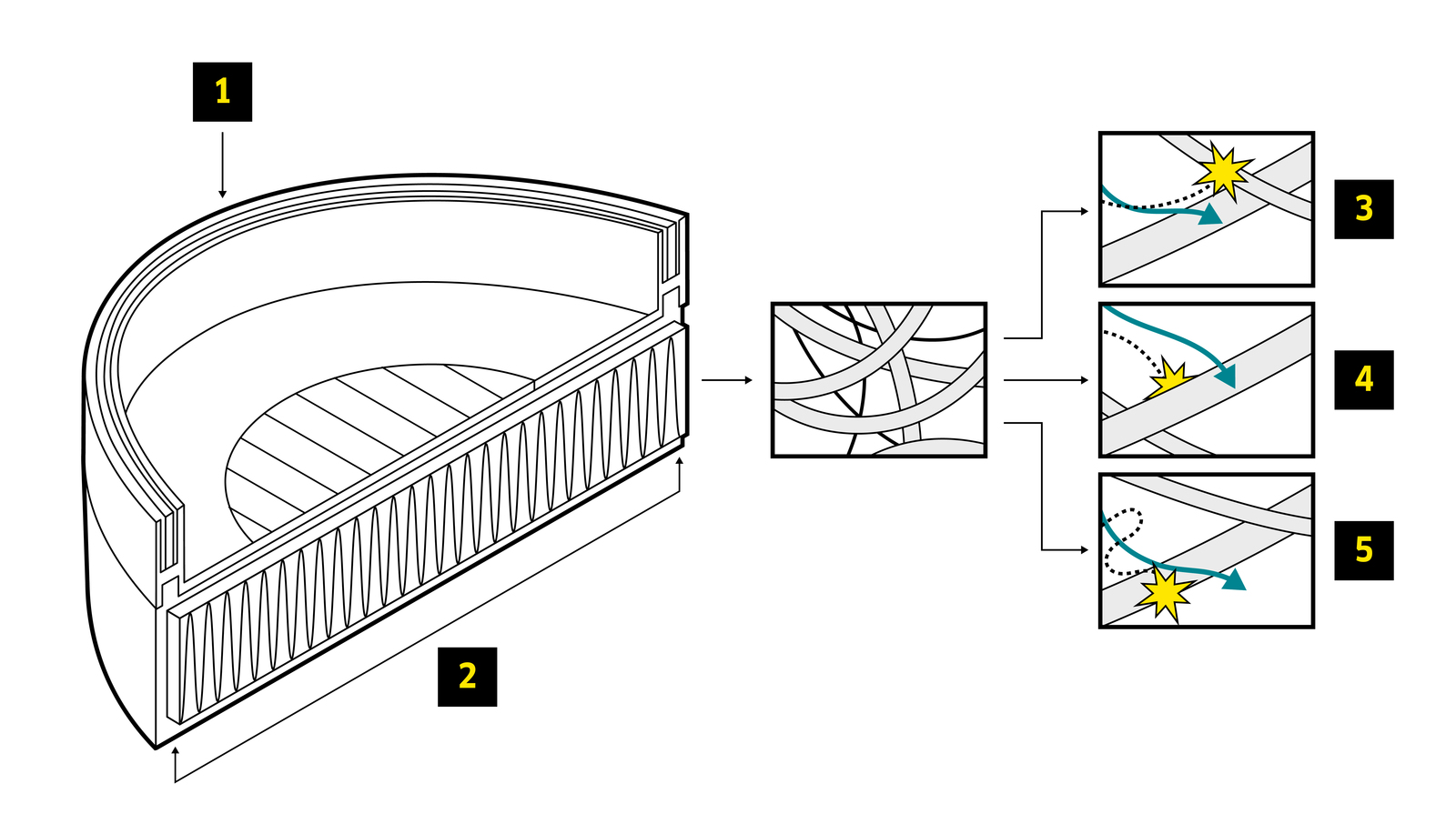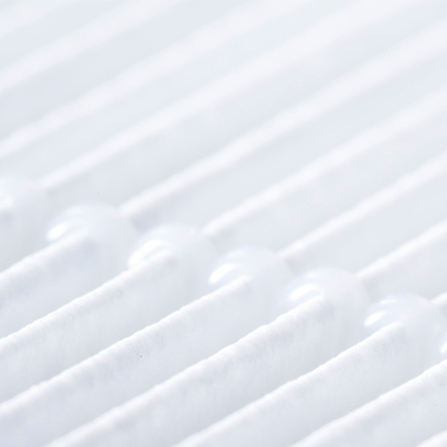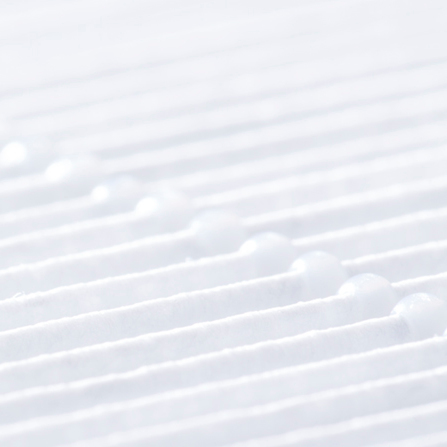HEPA 14 FILTER: LIVING LIFE SAFELY
Almost invisible, but always there: viruses, bacteria, fine dust and allergens circulate in indoor air in offices, hotels, hospitals, doctors' practices, schools, as well as in our houses and apartments, of course. Respiratory ailments are often the long-term consequence. But it is the current situation with the pandemic, rather than this knowledge, that is suddenly forcing us to engage intensively with this topic.
HEPA 14 filter: the ultimate hygiene solution
The Sars-Cov-2 virus is the prevailing topic of interest in these times. We know how it spreads and have learned the difference between droplets and aerosols, and that aerosols accumulate and concentrate in indoor air – not to mention direct infection when breathing in. This also means that the lower the virus concentration in indoor air, the lower the risk of infection.
HEPA filters have already been in use for decades in many medical and bioscience facilities to reduce the spread of particles and organisms in the air. Built into air filtration devices and vacuum cleaners, they are effective and reliable in removing viruses, bacteria, fungi and germs. As a market leader in innovative cleaning solutions, Kärcher has succeeded in combining the superior filter qualities of HEPA 14 filters (DIN EN 1822:2019) with high-performance products, thereby making a substantial contribution towards greater safety in enclosed rooms.
What is a HEPA filter?
"High Efficiency Particulate Air filter" – or HEPA for short – refers to highly efficient filters which remove and trap even the smallest particles and suspended matter from the air, such as germs, bacteria, viruses, spores, pollen and mites. They are classified in accordance with the EN 1822:2019 standard for particle filters and are built into Kärcher dry vacuum cleaners and air filters. Thanks to their fine filter structure, they significantly improve air quality in offices and living spaces.
What HEPA filter classes are there?
HEPA filters are divided into two filter classes with different fine separation degrees:
- HEPA 13 filters absorb over 99.95% of suspended matter from indoor air
- HEPA 14 filters in fact absorb over 99.995% of particles

Structure of a HEPA 14 filter*
1. Filter frame
2. Filter mat
Action modes inside the filter:
3. Inertia effect
4. Blocking effect
5. Diffusion effect
*Illustrative example of a HEPA 14 filter – built into a Kärcher T 11/1 Classic HEPA dry vacuum cleaner.
The functional principle of a HEPA 14 filter
Clean air thanks to the forces of physics: how a HEPA 14 filter works
HEPA 14 filters use basic principles of physics, such as adhesive force and Brownian motion, to filter out even the smallest particles reliably from the air flow. To this end, its close-meshed net of fibres is designed to have an irregular structure, in contrast to a sieve. The resulting differently sized gaps between the fibres do not "sieve out" the particles, but rather allow them to adhere directly to the fibres as the air flows past.

The action modes of a HEPA 14 filter
From the largest to the smallest particles: how a HEPA 14 filter works
Inertia effect:
The larger a particle, the greater its mass and therefore its inertia. According to fluid dynamics, when the air flow changes direction due to an obstacle (fibre), the inertia of the heavy particle ensures that the particle maintains its trajectory, hits the fibre and sticks to it.
Blocking effect:
The smaller a particle, the lower its mass and therefore its inertia. A small particle therefore follows the air flow as it moves around the obstacle (fibre). If it moves too close to the fibre, it is attracted by the fibre's adhesive forces and sticks to it.
Diffusion effect:
In accordance with Brownian motion, the smallest particles in the air flow constantly collide with other gas molecules and constantly change direction, much like the ball in a pinball machine. They stick to the filter material as soon as they touch it.

Products with integrated HEPA 14 filter
How often do you need to replace HEPA 14 filters?
The more often a device is used, the more frequently the in-built filter should be replaced or cleaned in order to ensure reliable efficiency. A tangible decrease in suction power in the vacuum cleaner or air filter is an indication that the filter needs to be changed or cleaned. Ideally, the HEPA 14 filter should be replaced every three months. In hygiene-sensitive areas, it is recommended to change the filter every month.
Replace or clean the HEPA 14 filter?
Consistently high filter strength and regular filter replacement is particularly important for allergy sufferers. A filter gradually loses its effectiveness depending on how it is used and the strain it is placed under – it is then time for it to be replaced. Regular change intervals are the only way to ensure consistently high quality and hygienic cleanliness. Cleaning the HEPA 14 filter with water is not recommended.

